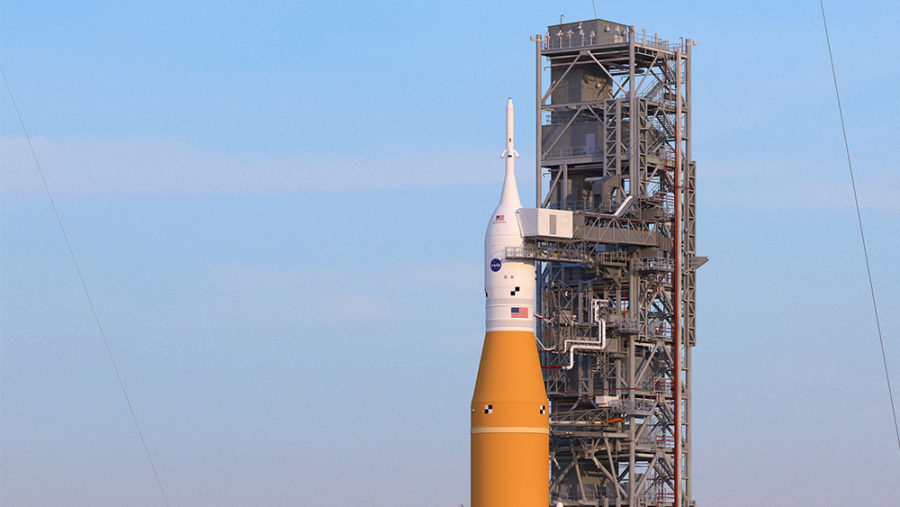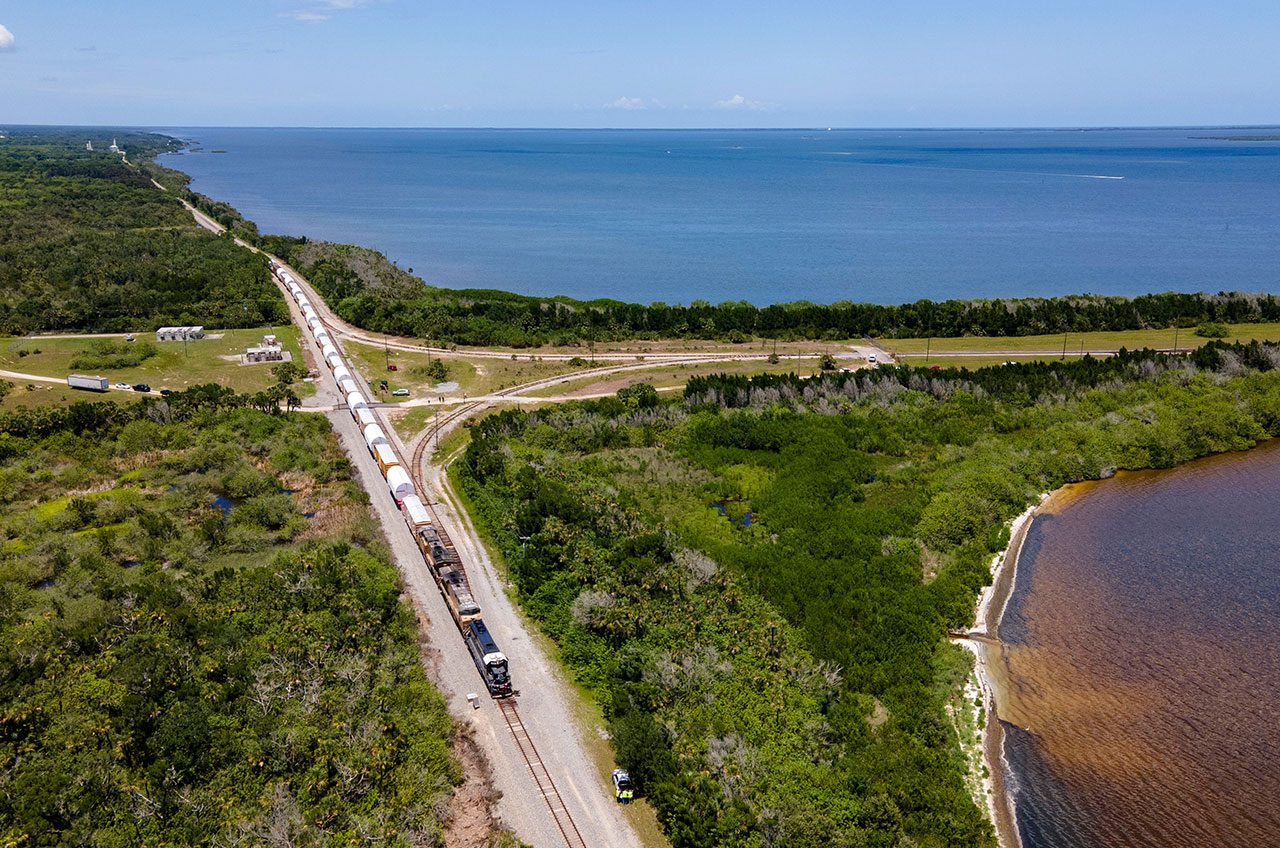

NASA officials have said that the 2025 mission, Artemis III, will include the first woman to walk on the moon. Then, in 2025, NASA has planned the first crewed moon landing since the Apollo 17 mission in 1972. “We want to make sure it works absolutely perfectly when we do that and that we understand all the risks.”Īfter Artemis I, the next flight in 2024 is planned to bring a crew of astronauts around the moon and back without landing. It’s not without risk… We are stressing Orion beyond what it was actually designed for in preparation for sending it to the moon with a crew,” said Cabana. While Orion won’t have any crew aboard this time – the craft’s first crewed flight is planned for 2024 – it will carry mannequins equipped with sensors to make sure the journey would be safe for astronauts. SLS rocket Exciting photos of tests of the advanced RS-25 engine for the SLS rocket Artemis II flight to the Moon postpones for two years due to a chain of. NASA’s SLS solid rocket booster is based on three decades of knowledge and experience gained with the space shuttle booster, and improved with the latest technology. One of the main goals of this flight is testing Orion’s heat shield, which will have to endure temperatures of almost 2800☌ as it enters Earth’s atmosphere at upwards of 40,000 kilometres per hour. The mission will last a total of 42 days.

Orion will continue onwards to the moon, where it will spend six days in orbit before coming back home. If all goes well, SLS will carry Orion to an altitude of just under 4000 kilometres before the two craft separate and the rocket falls towards Earth. FILE PHOTO: NASAs next-generation moon rocket, the Space Launch System (SLS) rocket with its Orion crew capsule perched on top, is shown on its launch pad. The Space Launch System (SLS) rocket with the Orion spacecraft on top at the Kennedy Space Center in Florida


 0 kommentar(er)
0 kommentar(er)
